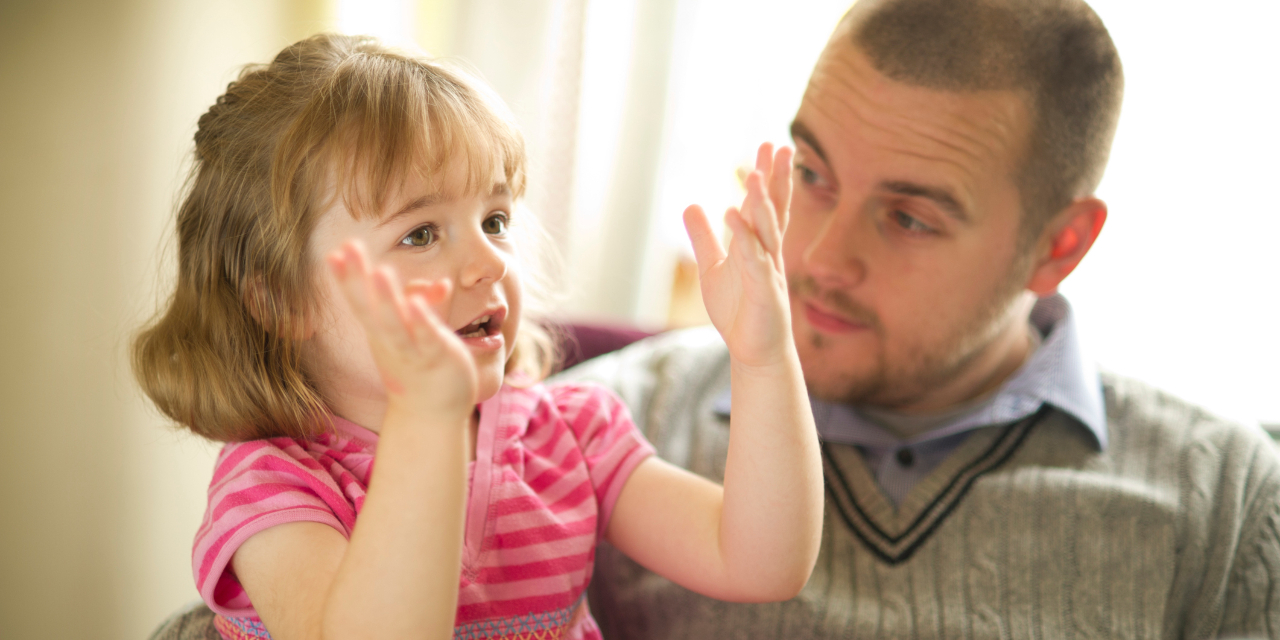Tell me a Story
Becoming a good story teller
The art of being a good story teller is well regarded across many cultures.
The stories we tell help us to connect with one another, to develop our relationships and friendships, to engage in conversations and to reflect upon past events (both real and imaginary).
Story telling happens frequently in our day to day interactions with others. Take a moment to reflect upon this the next time you meet up with friend for coffee or catch up with a work colleague after the weekend!
Some stories are brief and may contain only short episodes relaying or recalling ‘who did what, why, where and when with what resulting consequences’.
Other stories may involve communicating multiple causal and temporal relationships between ideas with the use of a variety of sophisticated, complex and precise language that is required to paint a detailed picture for the listener.
For our children, the stories that share have social importance. Parents often want their children to tell them about their day. Teachers need information about events that have happened and peers want to be engaged. Good storytellers are more accepted by peers and become more adapt at solving social problems as they grow older.
It makes social sense to encourage all children to not only listen to stories but to tell stories and share these with others.
Children’s story telling abilities in the early years are also very closely related to listening comprehension, receptive vocabulary and writing. The links between narrative or story telling skills in preschool and later reading comprehension ability 10 years later are particularly strong. Becoming a good story teller also requires refinement of other core skills that are important foundations for a range of academic and social abilities including attention, cognition, memory, inferencing and theory of mind.
Start by helping your child to understand and use story structure
Before you can help your child to develop more complexity in his or her vocabulary, sentence structure or grammar, it is helpful to firstly make sure that your child can tell and retell basic stories that include the following structural components:
Setting (When does the story take place? Where does the story take place?)
Character (Who is the character in the story)
Problem or Initiating Event (What is the problem)
Plan (What did the character decide to do in response to the problem)
Attempts (What did the character do first, next, and then…)
Consequences (What happened at the end? How did the character’s feel?)
Ideas for teaching Story Structure
Parents and Educators can prompt / model and ask questions about story structure when sharing books with children. Stop to model some think alouds e.g. “I wonder what he is thinking to do about this problem?” “Where did this story start?” “How did the girl feel after she solved her problem?” Being read to is wonderful but we can really increase the benefits when we direct our children’s attention to the narrative structure of the story.
Children, even those still very young, can be encouraged to ‘tell’ their favourite […]

